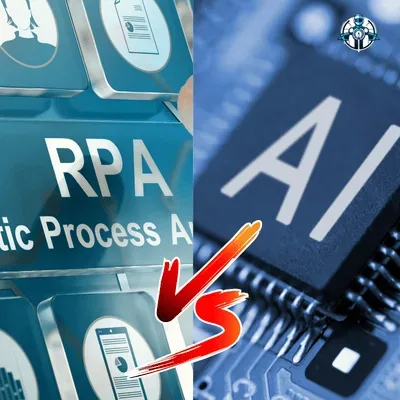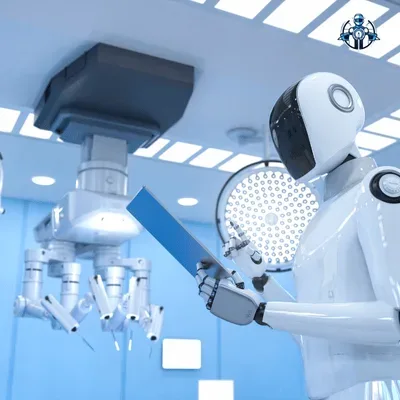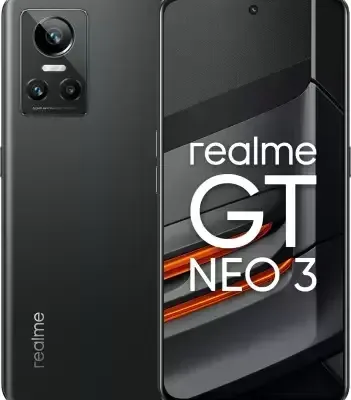Today, most companies have a tendency to employ applications in order to solve different problems. Two approaches are used in this work. One method is AI automation. The other method here is robotic process automation, or RPA for short. AI automation involves the use of intelligent software implemented to make decisions out of obtained information. RPA operates through the selected and pre-defined steps to achieve certain objectives.
Both methods contribute to the improved efficiency of the companies and decrease the level of errors. In this article, we’ll discuss some of the differences between these two methods as well as illustrate how firms apply both of them. You will understand the meaning of each method and all the ways in which they are time- and effort-saving. Many organizations such as the banking and health care institutions, online shopping and many other industries utilize these tools on daily basis.
Listen to our Podcast: AI Automation vs. Robotic Process Automation (RPA): Key Differences and Use Cases
What is AI Automation?
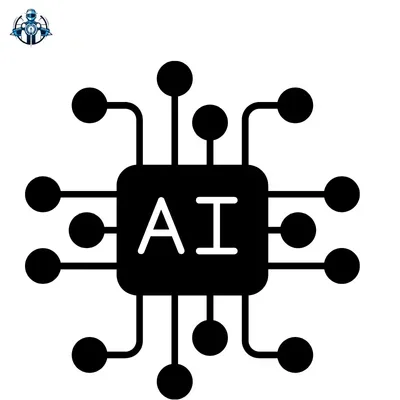
AI automation is a process that involves employing machines, which incorporate an algorithm that enables them to learn from received data as well as make decisions. These programs employ simple forms of learning that assist the user in learning words, images, and numbers among others. Most organizations employ AI automation in responding to customer inquiries, categorizing sets of large data and providing directions to the workers in performing their tasks.
It reads through the messages and then selects a reply in response to a needful message that is received at the time. It improves its work based on previous work and updates it with the increased data in its path.
atOptions = { ‘key’ : ‘8d935d6d955fac05457e9a2b05d22137’, ‘format’ : ‘iframe’, ‘height’ : 90, ‘width’ : 728, ‘params’ : {} };The best application of AI automation occurs where a task requires some level of cognition or where steps may alter over time. For example, an online firm may employ IA automation to scan through the customer’s messages and respond immediately with simple and direct answers. It is worth noting that such spheres as banking and healthcare, for instance, apply AI automation for data processing. It will assist in delegating time for workers to handle other activities that require manpower.
Explore more: Artificial Intelligence (AI) Automation: What It is & How To Use
What is Robotic Process Automation (RPA)?
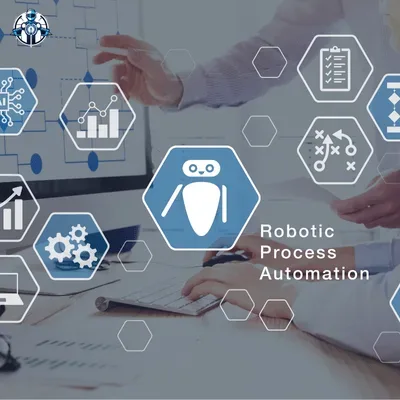
Robotic process automation uses computer programs to do simple and repeated tasks. These programs follow a set list of steps much like a person does when using a computer. Many companies use RPA to move data from one system to another. For example, a bank may use RPA to copy data from one file and paste it into another file. RPA works best when a task does not change and has clear, fixed steps. It does not learn from data.
Explore more: How AI Automation is Changing How Businesses Work
Instead, it repeats the same actions each time. Many finance and customer service firms use RPA to handle tasks such as processing transactions and checking records. The method works quickly and helps reduce mistakes. RPA can work with several computer programs at once, which helps firms complete routine tasks in a short time.
Explore more: What is the Difference Between AI and Automation?
Key Differences between AI Automation and RPA

AI automation and RPA both use computer programs to perform work. Yet, they work in different ways.
- First, AI automation uses smart tools that learn from data. These programs change their actions when they see new information.
- In contrast, RPA follows fixed steps and works best when a task stays the same.
- Second, AI automation can handle tasks that need some thought. It understands words, images, and numbers.
- RPA is best for tasks that repeat and follow clear instructions.
- Third, the setup for each method is different. RPA can be set up quickly because it follows a clear list of steps.
- AI automation needs time and a good amount of data to work well.
So, many companies choose a method based on the task at hand. If a task needs a smart choice, firms use AI automation. If a task repeats many times in the same way, firms choose RPA. These differences help companies decide which method suits each work task.
Explore more: AI Chatbots and Virtual Assistants: How They Work and Why They Matter
How can RPA and AI together enhance business process automation
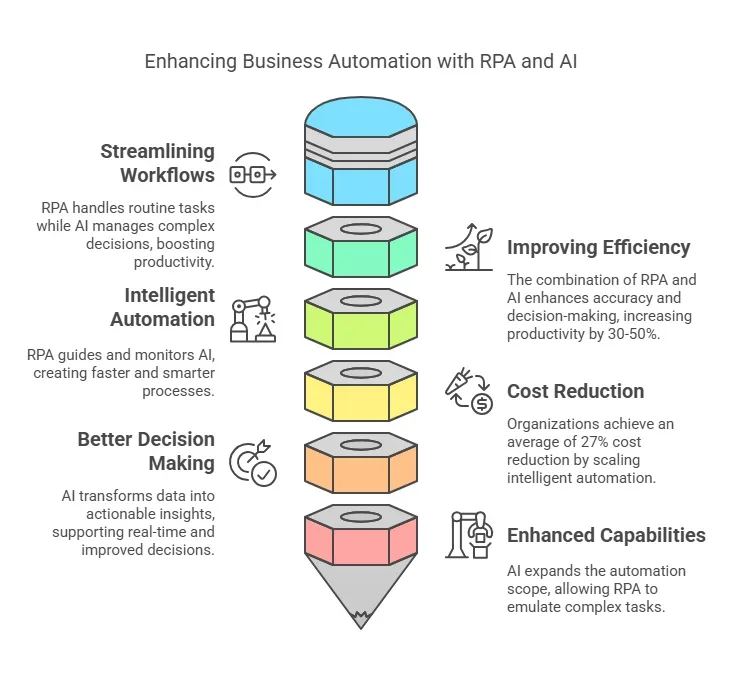
Here’s how they work together:
- Streamlining Workflows: RPA handles routine tasks, while AI manages more complex decisions, streamlining workflows and boosting productivity.
- Improving Efficiency: Combining RPA’s automation of repetitive tasks with AI’s data analysis and pattern recognition enhances efficiency, accuracy, and decision-making. Integrating RPA and AI can lead to a 30-50% increase in productivity.
- Intelligent Automation (IA): RPA enhances, guides, and monitors AI technology, transforming it into an intelligent process automation solution. IA marries the repetitive task expertise of RPA bots with the cognitive skills of AI, resulting in automated processes that are faster, smarter, and more accurate.
- Cost Reduction: Organizations scaling intelligent automation have achieved an average of 27% cost reduction.
- Better Decision Making: AI turns data into actionable information, supporting real-time decision-making and improving the quality of decisions made.
- Enhanced Capabilities: AI expands the range of work that can be automated, allowing RPA robots to emulate a wide range of decision-making and problem-solving tasks typically done by people.
FAQs
What is the difference between RPA and AI robotic process automation?
RPA uses fixed steps to complete tasks, while AI robotic process automation uses smart tools that learn from data to handle tasks that need thought.
What is the difference between RPA and intelligent process automation?
RPA follows set steps for routine tasks, and intelligent process automation uses smart tools to decide actions from changing data.
What is the difference between artificial intelligence and process automation?
Artificial intelligence uses smart programs that learn from data and adjust actions, while process automation uses clear instructions to complete simple, routine tasks.
What is the difference between AI and robotics?
AI uses smart tools to learn and make decisions, while robotics involves machines that perform physical actions.
Final Wrds
AI automation and RPA help companies work faster and make fewer mistakes. AI automation uses smart tools that learn and change. It handles tasks that need some thought. RPA uses fixed steps and works well with simple, repeated tasks. Many companies in banking, health care, and online shopping use these methods every day. The choice of method depends on the work task. Firms may even use both methods together to get the best results. This clear view of the two methods helps you see how each one works and why they matter in work today.

